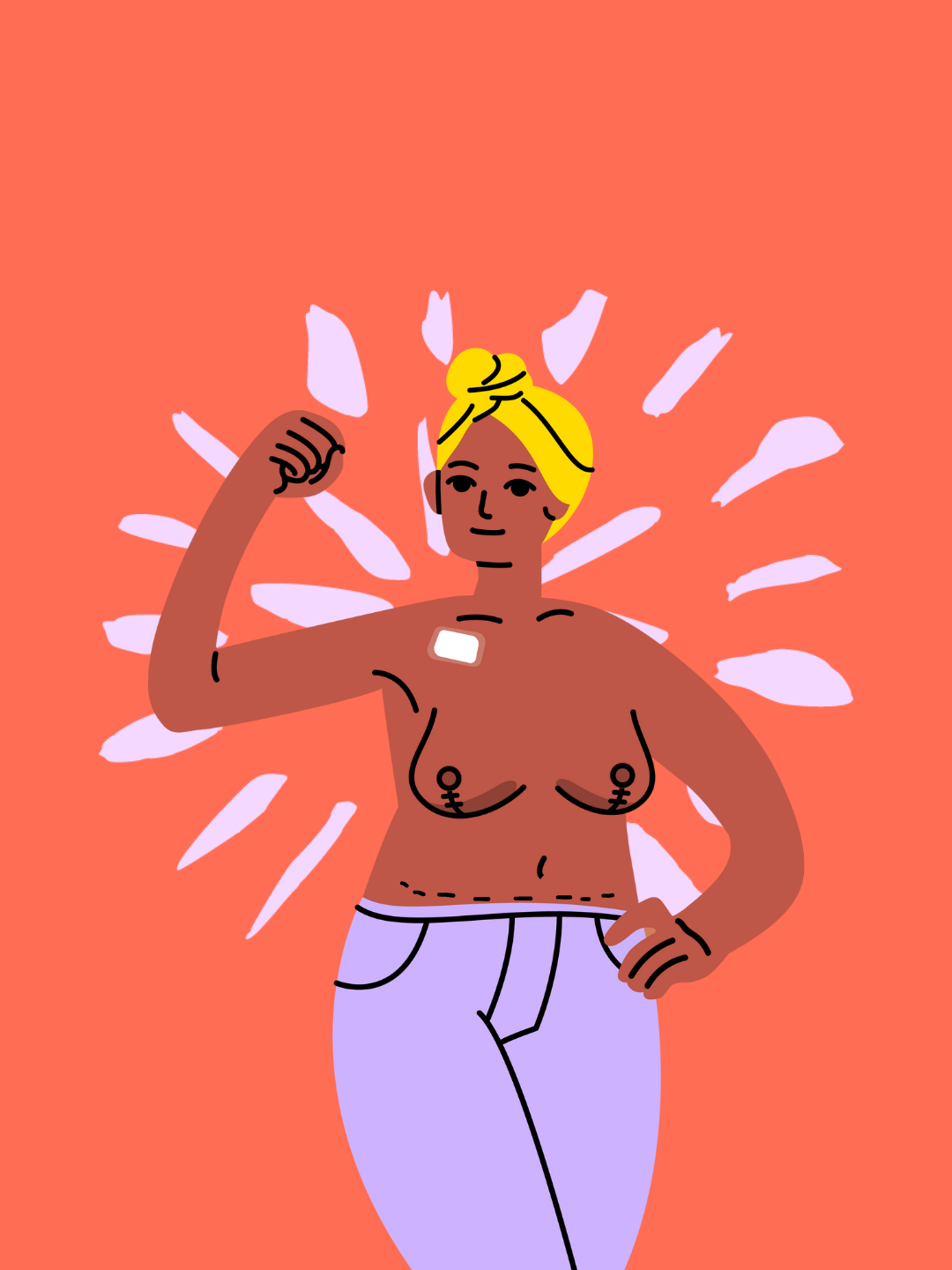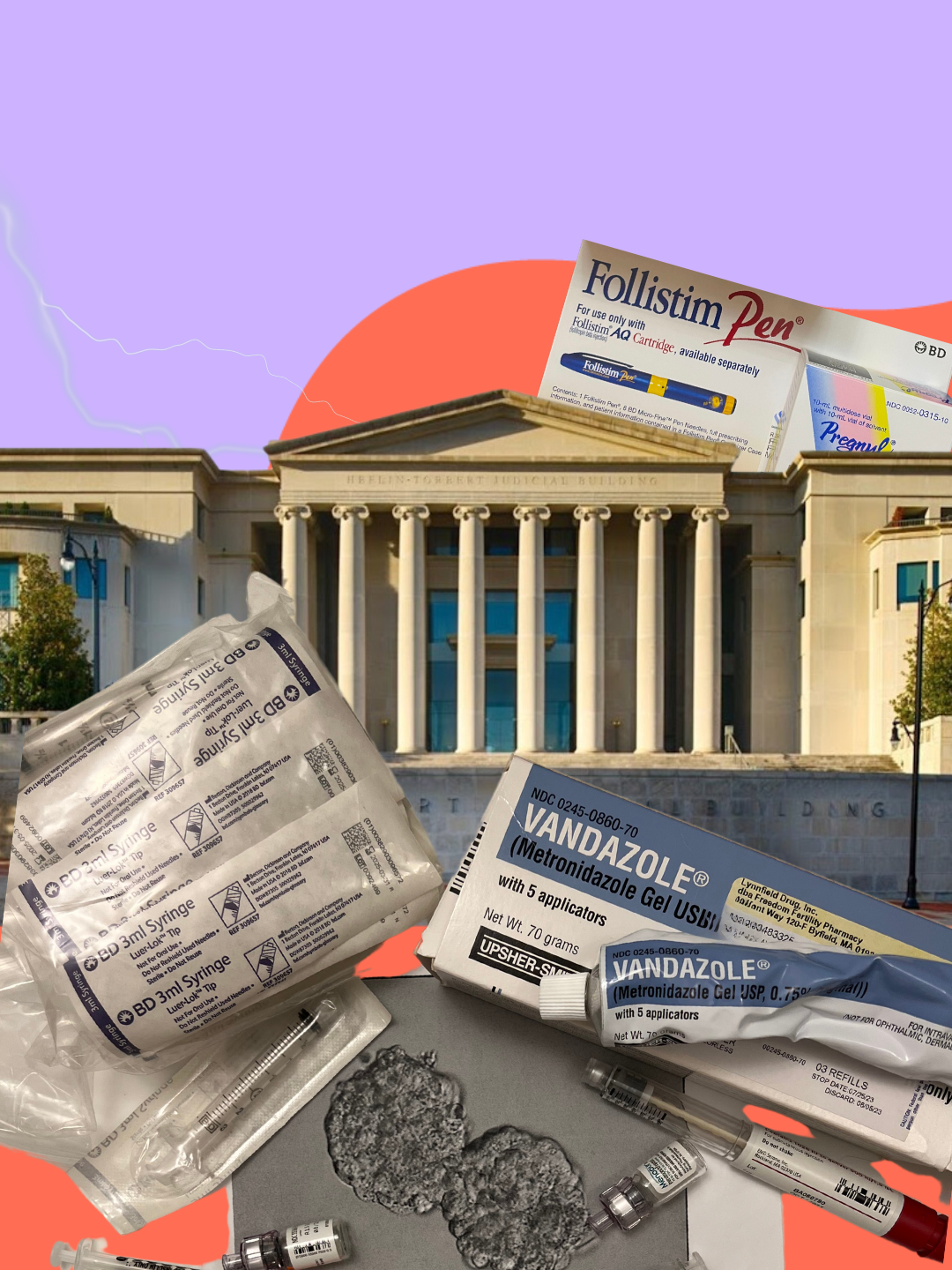Navigating a health challenge, like a cancer diagnosis or increased cancer risk, can feel like a loss of control. In those times, it can become even more important to focus on the choices one can make.
However, recent changes to American medical coding systems will limit the breast reconstruction choices that those impacted by breast cancer can make by pushing free flap surgeries, like DIEP, out of reach.
As a part of The Breasties’ ongoing look into the threat to DIEP, The Peak explores what the changes are, how they will impact access to breast reconstruction, and how patients can fight back.
If you’ve been looking for a central place for all resources and what you need to know about the crisis facing the community, this is it.
What is Medical Coding?
Medical coding simplifies diagnoses, procedures, services, and equipment into universal codes that are used for documentation. This documentation is crucial; it is how your team logs your health record and how you or your insurance are then billed.
One standard classification system used widely in the United States is Current Procedural Terminology (CPT), which was created by the American Medical Association (AMA) in 1966. The AMA continues to update the CPT annually.
The Centers for Medicare and Medicaid Services (CMS), an American federal agency, administers these codes and revises them periodically, meaning they can make further changes to how they are applied.
What Types of Breast Reconstruction are Being Impacted?
The changes impact all modern techniques of perforator flap breast reconstructions, explained Dr. Elisabeth Potter, an Austin, TX-based board-certified plastic surgeon who is leading the fight against these coding changes.
Free flap breast reconstructions include the older TRAM flaps, in which tissue from the lower abdomen that includes the transverse rectus abdominis muscle is used to reconstruct breast mounds. They also include DIEP, which similarly uses tissue from the lower belly but spares the muscle.
While DIEP is a more complex and time-intensive surgery that requires specialized microsurgical interventions, it is a preferred reconstruction technique as it leaves muscles in place and has a shorter recovery when compared to a TRAM flap surgery.
“Using your own tissue evolved from a surgery that was really hard on a patient’s body,” said Dr. Potter. With TRAM flaps, she explained, “You were left as a patient with a new medical problem … You suffered an injury that cannot be repaired.”
“When we knew better, we did better,” Dr. Potter continued. “A TRAM flap is easier on the doctor and harder on the patient. A DIEP flap is harder on the doctor and easier on the patient. It’s completely flipped.”
How are Medical Coding Changes Threatening DIEP Reconstructions?
Until 2019, free flap breast reconstructions each had their own codes under the CPT.
When the CMS updated CPT Plastic Surgery coding, they bundled all free flap reconstructions under one code, limiting how healthcare providers can bill for these surgeries.
Because DIEP flaps are more complex and require more experience to execute the microsurgical components of the procedure, they are more expensive than TRAM flaps. With all free flaps under one code, providers can only bill insurance at the rate for the less expensive surgery, leaving the question of who will pay the difference.
“The DIEP code was developed in order for a doctor to say, ‘I’m doing a better surgery for my patient,’ for a patient to say, ‘I want that better surgery,’ and for an insurance company to have to pay for the work of doing that surgery,” explained Dr. Potter.
What Can Patients Expect with the New Medical Codes?
While the revisions were made in 2019, the new coding will come into full effect at the end of 2024. However, some insurance companies have begun prematurely implementing the new coding system for free flap reconstructions.
Because of the new limits, patients are pushed into a tough spot.
Some may opt to pay out of pocket to cover the costs that insurance will not—which could amount to over $50,000, explained Dr. Potter—or they may feel pressure or be forced to choose a reconstructive option that does not feel right or that is simply not the best choice.
“They’re making it unavailable by making it economically out of reach,” Dr. Potter said.
Who in The Community Will This Impact?
Dr. Potter explained implant-based breast reconstruction may not be a suitable option for patients who will have to undergo radiation.
Radiation can impact scar tissue around the implant, potentially causing discomfort or, in extreme situations, capsular contracture which can distort the shape of the implant and necessitate additional surgery.
Dr. Potter said she fears this will disproportionately impact patients of color, who are often diagnosed at a younger age with more advanced diseases and, as a result, require more aggressive treatment.
“Things are about to get worse and we know they’re not going to get worse equally.”
Patients who still wish to undergo DIEP reconstruction may also notice that fewer surgeons will offer these procedures because of the extra time and skill needed to perform them and uncertainty around who will pay for the surgeries.
How Can We Protect Patients’ Access to Free Flap Reconstructions?
United States residents can advocate for themselves by reaching out to their local representatives and senators and encouraging them to push back against these changes by asking the CMS to undo the changes and reinstate the codes for free flap surgeries.
Dr. Potter created free templates that one can use to easily contact senators to advocate against these changes.
She also recommended reaching out to your insurance provider as another simple way to make sure they know that these changes are detrimental to those impacted by breast cancer.
If you have a DIEP or other flap reconstruction scheduled for the coming months, Dr. Potter suggests reaching out to your plastic surgery team to find out what codes they will be using for your surgery and if they will be authorized. Additionally, she recommends asking whether you will be expected to pay out of pocket should your insurance not cover the procedure.
“Be your own best advocate,” she said. “Don’t go into debt because of this law.”
“There is hope and we can walk this back,” said Dr. Potter. “Patients deserve an option that is accessible, whatever that means to you.”
Resources
- Community Breast Reconstruction Alliance (CBRA)
- Dr. Elisabeth Potter, M.D.
- Petition for patients to sign in support
- Petition for experts and organizations to sign in support
- The Breasties Advocacy







